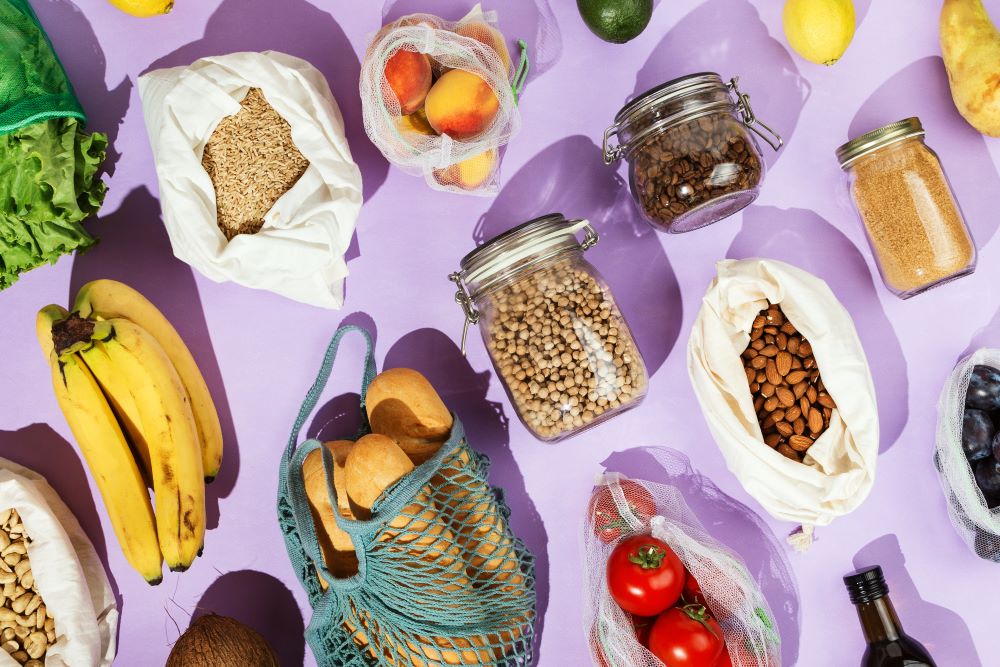
New data published by the Food and Drink Federation (FDF) suggests that the value of the UK’s food and drink exports has risen to an all-time high of £12bn during the first half of 2023, Food Manufacture reports.
The FDF Trade Snapshot finds that exports in the sector are up almost £0.5bn on the same period last year, a rise of nearly 4%. The organisation finds 7.6% growth in the value of exports to the EU, with food and drink exports to Ireland rising by 9.5%.
Global growth
On exports beyond the EU, the report says:
“Sales to non-EU markets were marginally down overall, however there was strong growth in Singapore (+53.7%), China (+23.7%) and Taiwan (+17.2%).”
The increase in exports to China were largely thanks to growing exports of whisky, up 37.6%, salmon (57%) and cheese (295.7%).
Cheese, the UK’s top food export, is now worth just under £400m, the report notes.
Falling volumes
While export values are reaching all-time highs, the picture on export volume is less rosy.
The Snapshot suggests that global food and drink inflation is pumping up export values in the sector, but volume is down on almost all the UK’s top ten exports.
The volume of chocolate exported fell 16.3%, salmon fell 9.6% and gin fell 12.4%—all three saw rises in export values, however.
Whisky, the highest-value product on the list, saw a 19.7% drop from 2022 export volumes.
Opportunities for improvement
The value of whisky exports to India fell to £114m, a drop of 23%, due to the country’s 150% import tariff.
The FDF report singles out the UK rice market as one that could benefit from a potential UK-India trade deal to cut a variety of tariffs.
It says that the market, which currently contributes £1bn to the UK economy, could benefit from tariff-free access to more varieties of brown basmati rice originating from India.
This, the report argues, could give export opportunities to India’s rice farmers and preserve the differential between milled and brown rice that “enables UK rice millers to compete”.
The industry’s ‘resilience’
Head of international trade at the FDF, Dominic Goudie, had this to say in a press release published by the organisation:
“Trade in UK food and drink is beginning to stabilise after the challenges of Brexit, a global pandemic, and global weather events in recent years, that led to significant supply chain disruption, surging energy prices and volatile ingredient costs.
“The growth we have seen in the first half of the year demonstrates our industry’s resilience and future growth potential.”
However, the picture on export volume demands action. Goudie suggests:
“While there are clear signs of recovery, as we start to see food and drink price inflation continue to fall, we need the government to work with the industry to help us stem the decline in the volumes of exports to the EU and further afield.”
IOE&IT members can sign up the Food and Drink Special Interest Group, here.



